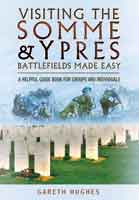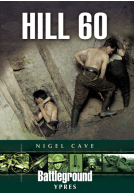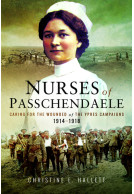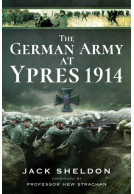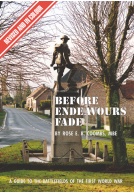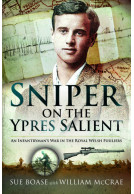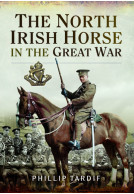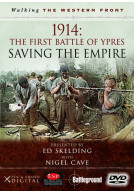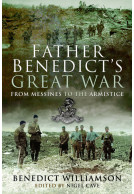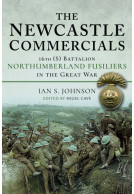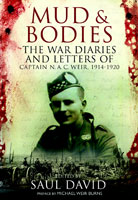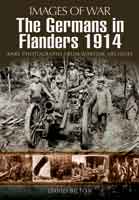Ypres
Battles & CampaignsDuring the course of the First World War there were no fewer than five Battles of Ypres. Our books include battlefield guides and eyewitness accounts, to give an extensive insight into this aspect of the Great War.
Mud and Bodies
Neil Weir died in 1967, but it was not until 2009 that his grandson, Mike Burns, discovered his diary and letters among some packing trunks he had been left, and learnt that his grandfather had served as an officer in the 10th Battalion Argyll and Sutherland Highlanders for much of the First World War. A captain and company commander at the tender… Read more...
The Germans in Flanders 1914
THE GERMANS IN FLANDERS 1914, the latest of historian David Bilton's works in the popular Images of War series, follows the presence and campaigns of the Kaiser's Army in Flanders during the traumatic period from its arrival in August 1914 through to the end of the year. It covers the battles with the French, Belgians and British, concentrating primarily… Read more...
First Ypres 1914 and the Race to the Sea
With the Battle of the Aisne grinding to a halt as trench warfare gradually set in, both the German and Allied commanders realised the dominance of the defensive, established by quick firing artillery and the machinegun, meaning that casualties in frontal attacks on a dug-in enemy were enormously heavy. Consequently, the armies sought to outflank the… Read more...
Mud and Bodies
Neil Weir died in 1967, but it was not until 2009 that his grandson, Mike Burns, discovered his diary and letters among some packing trunks he had been left, and learnt that his grandfather had served as an officer in the 10th Battalion Argyll and Sutherland Highlanders for much of the First World War. A captain and company commander at the tender… Read more...








